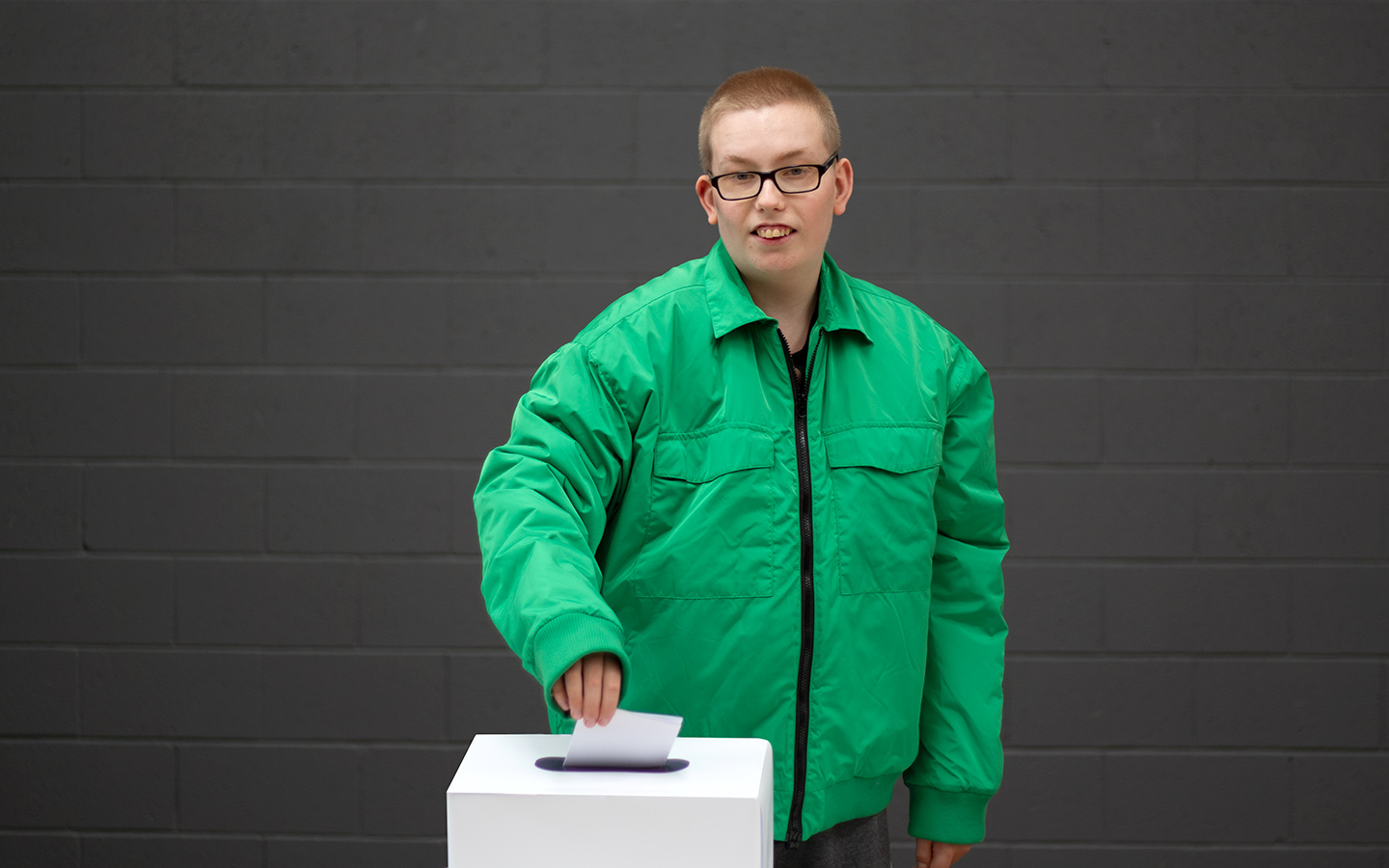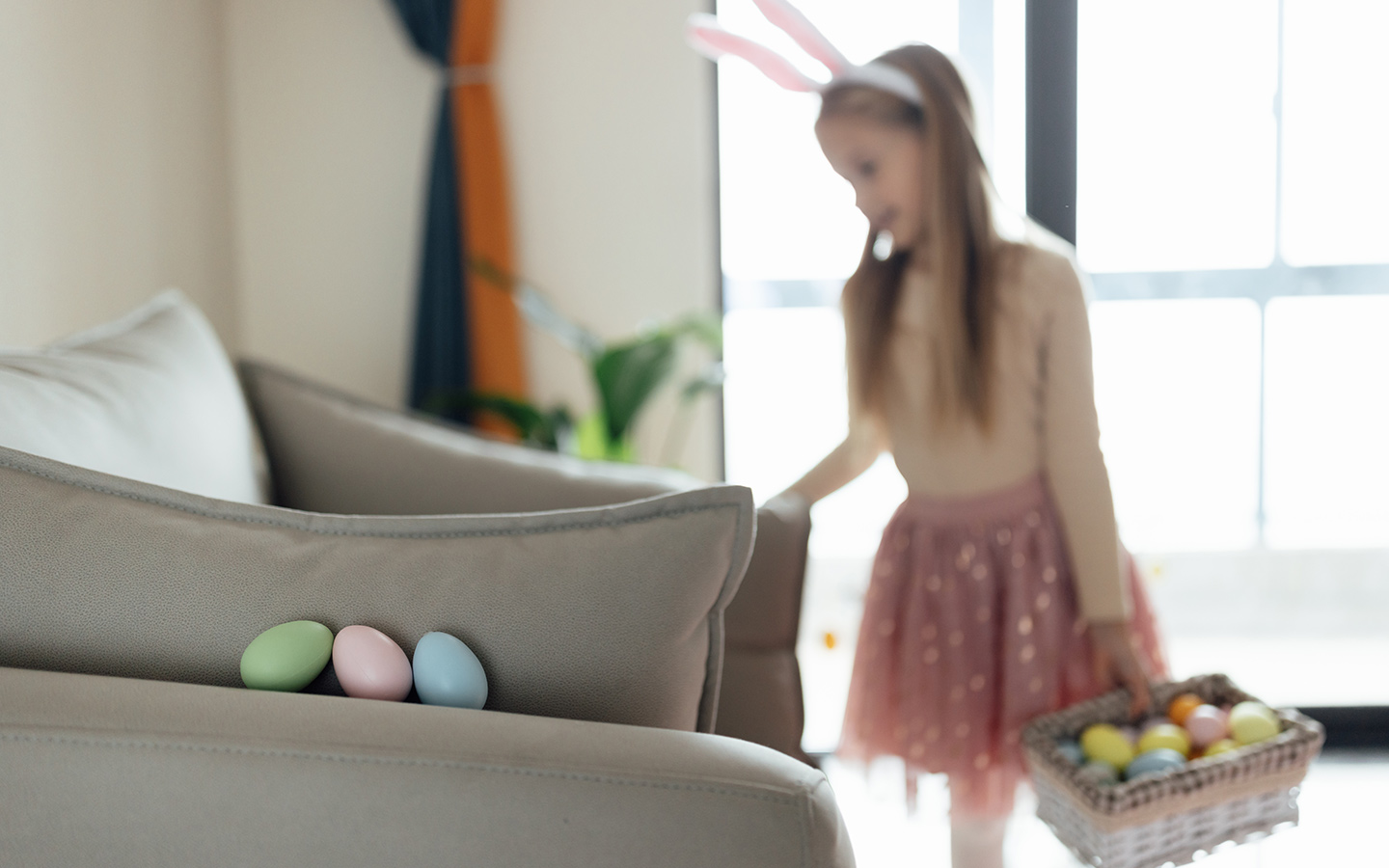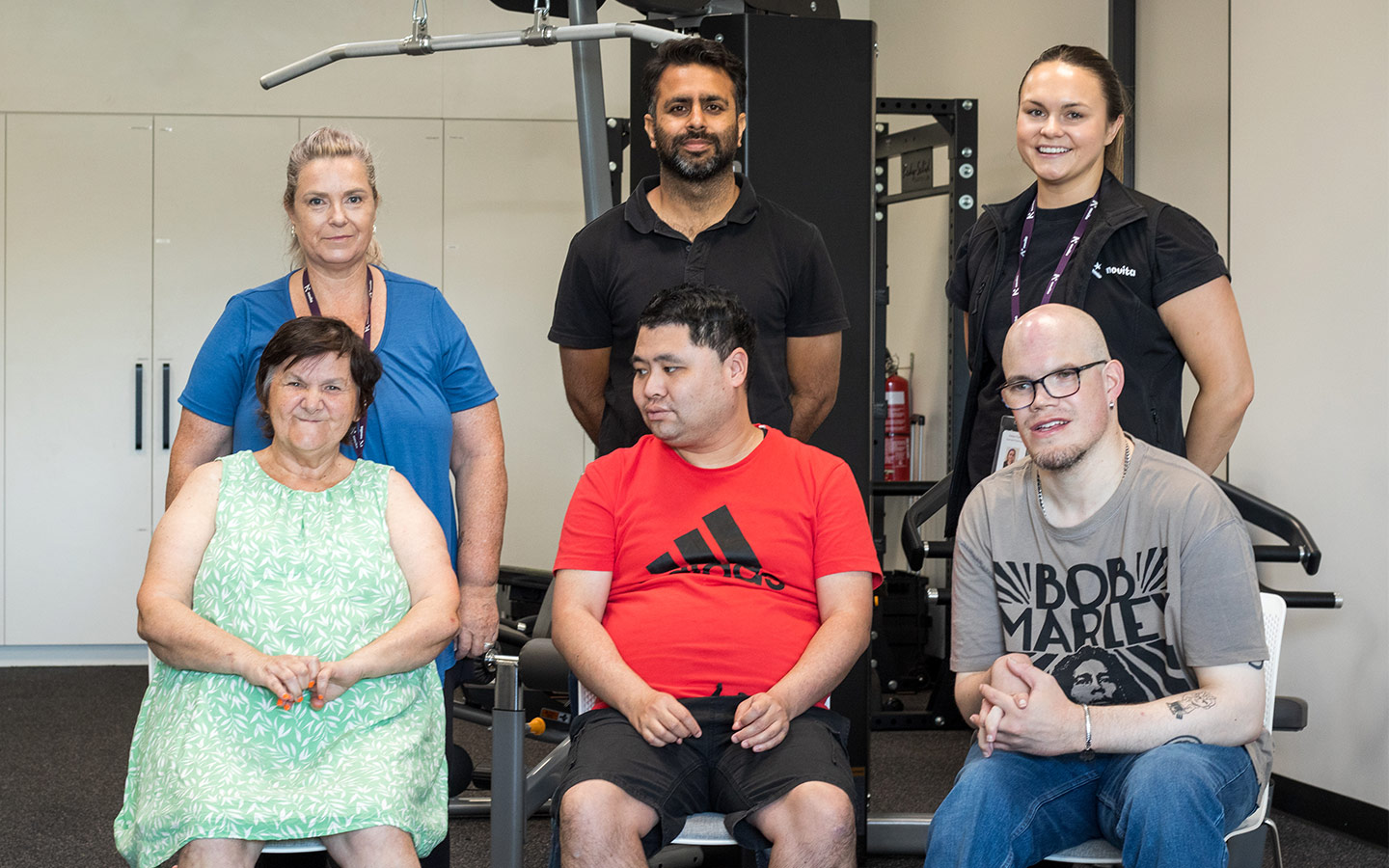Helpful Information
4 of our favourite activities to get kids moving these school holidays!
access_time8min read
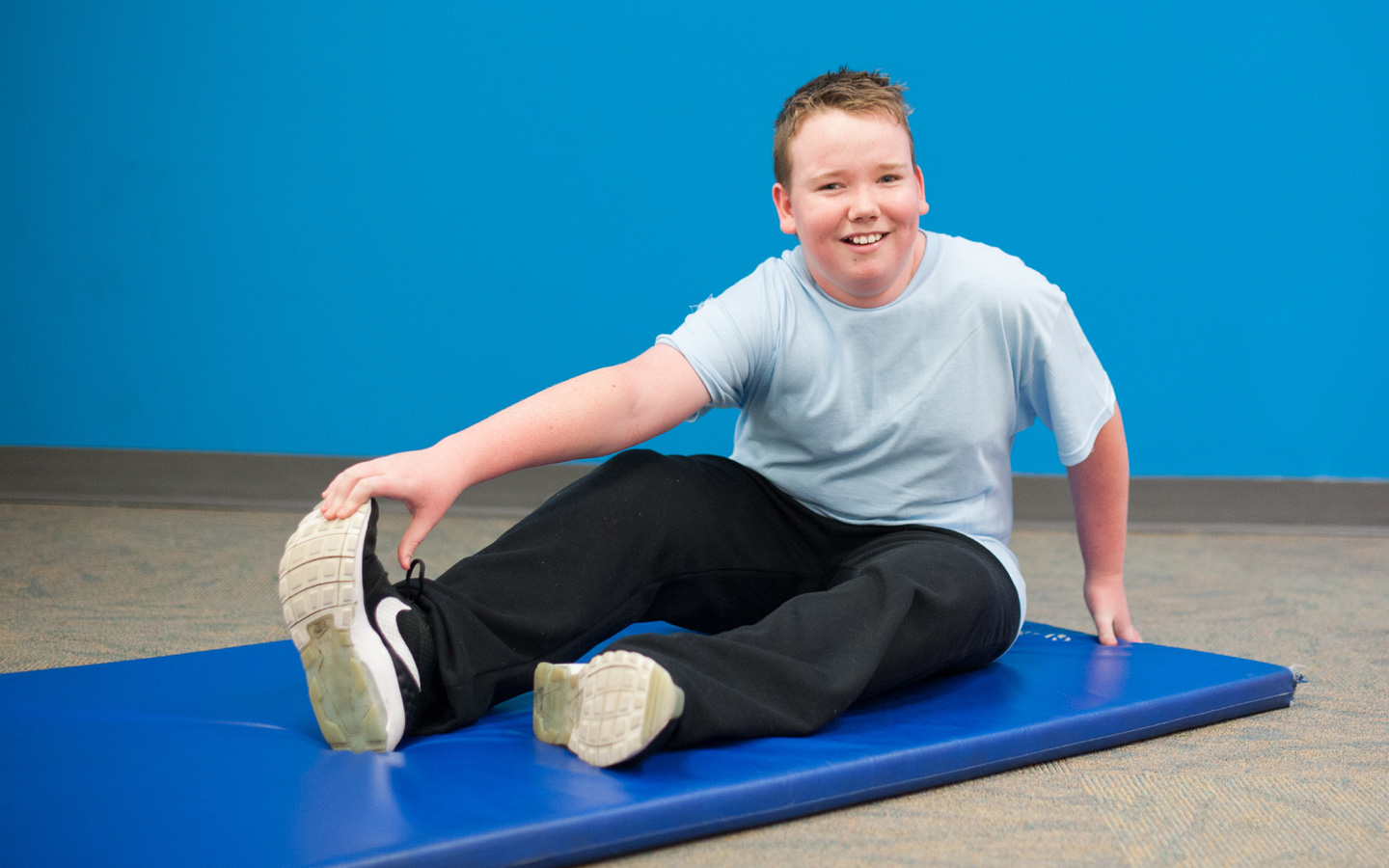
Physical activity is very important for kids living with disability because it has lots of benefits that can improve different parts of life.
It’s important to remember that you should ask you kids’ therapist/s before doing any physical activity, to find out what might be suitable and to make sure that you’re aware of any risks, the need for assistive technology or adjustments to the activity.
General physical activity guidelines suggest that 10 minute blocks of physical activity can impact on kids physical and mental well-being in areas such as weight loss, improved cardiovascular health and improved self-confidence.
Kids should aim for at least 30 minutes of physical exercise a day and 150 minutes of moderate to vigorous physical exercise a week.
Some benefits from taking part in physical activity include:
Health
- Improved mental health
- Promote independence, self-esteem and self-confidence
- Reduction of pain, stress and depression
- Overall improvement of cardiovascular health
- Strengthening of muscles and bones
- Reduces the risk of chronic conditions like arthritis, osteoporosis and type 2 diabetes
Physical:
- Improved motor function
- Greater strength and balance
- Overall coordination
- Gross motor skill development
- Flexibility
- Stamina
- Sensory skills
- Endurance
Social:
- Increased social integration, which leads to the formation of meaningful friendships
Fun :
- Improved moods
- Enjoyment through being social with others
- Physical activity doesn’t have to be strenuous; it can be lots of fun with the right activity!
During the school holidays, it can be harder for kids to get outside and exercise, but it’s very important that they still find time to make physical activity a priority.
We’ve done the hard work for you and shared our favourite 5 activities that will get your kids moving these school holidays.
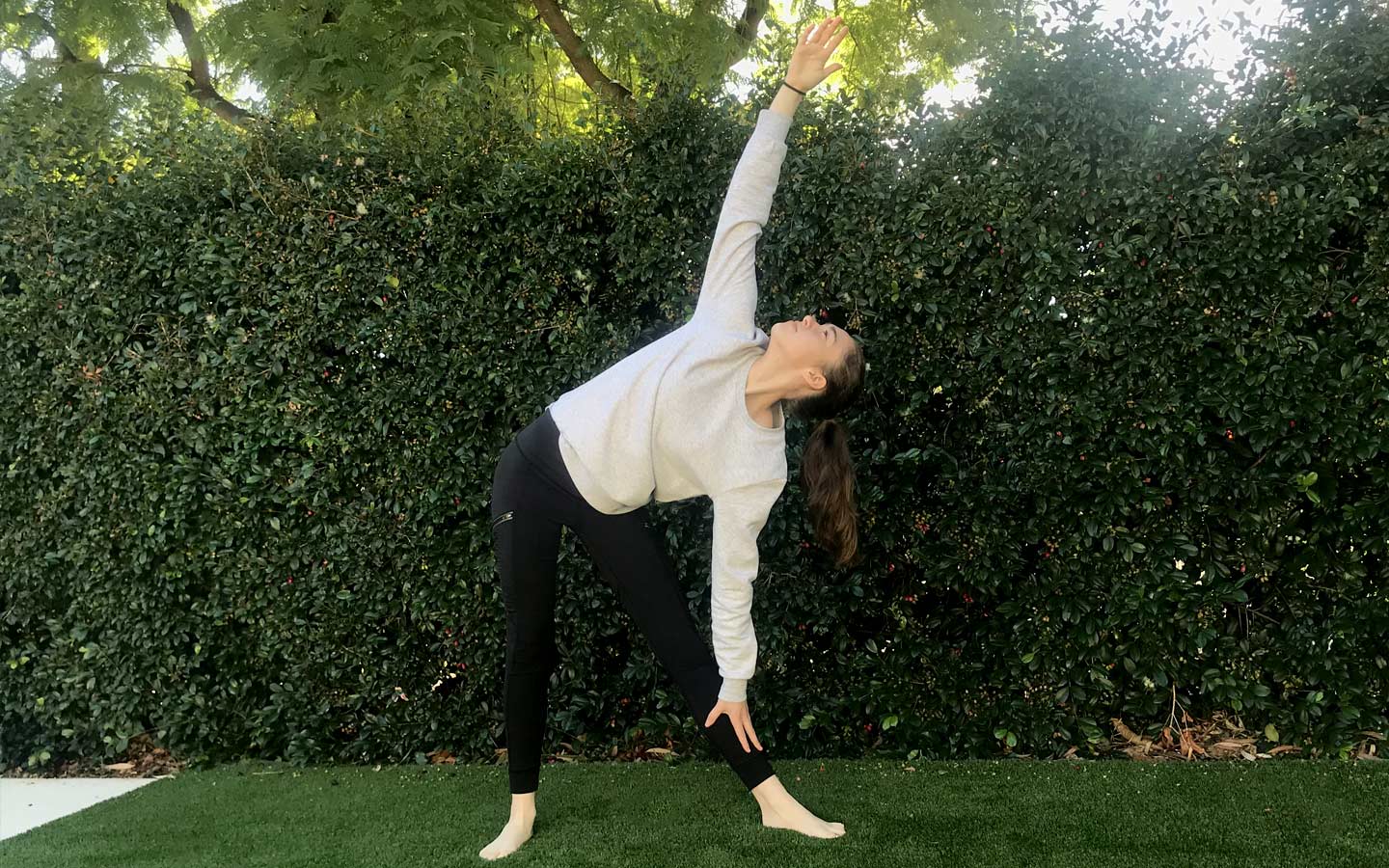
1. Animal walks
Animal moves are a favourite for all kids and they’re easy to learn, making them a fun option to get kids exercising.
- Start by bending forward and lowering the hands to the ground (so all fours are touching the floor).
- Try to keep the legs as straight as possible and shuffle backward and forwards over a length that is challenging, but not out of reach for the kids
- Kids can get loud and growl like a bear to add to the fun!
- The more fun the activity, the more that kids will engage with it and so the more reinforced the movements from this activity will be!
2. Dance
Dance is an essential part of exercise and therapy for children living with disability. This provides necessary exercise and helps to improve motor skills.
The beauty of using dance as a physical activity for kids is that it can be tailored to the level of their ability.
Some easy dance moves to try at home that will get you grooving include:
- Grab the following:
- A large piece of material
- Something soft that you can twirl (maybe a beanie or a Santa hat)
- A skipping rope
- Select the kids favourite music to play in the background, something happy and upbeat is always the best option
- When the music starts, start wiggling the hips and shuffling the feet
- Whilst the feet and lower body are moving, use one of the materials mentioned above to encourage arm and wrist movement as part of the dancing:
Skipping rope – can be folded in half, with each hand holding an end and then flipped around in a circular motion
Material – hold the two top corners of the fabric in each hand, leaving the rest of it flying free. Using wrists and arms, move the material in all different directions as the feet and hips keep dancing to the music
Beanie or Santa hat – Holding onto the hat with one hand, and leaving the other hand free, use the wrist to move the hat around in a circular motion, speeding up and down and making the circles bigger and smaller with the music
- This dance activity will keep kids entertained for hours!
To give you a little more guidance, have a look at an example of these dance moves with different materials at the Youtube link below.
3.Multi-exercise colour cones
This activity engages kids physically and mentally and it’s so much fun, they won’t even know they’re exercising.
- Set up matching coloured cones directly across from each other, so that green is in line with green, red in line with red and so on.
- The cones should be around 5-10 big steps apart depending on the kids’ physical abilities
- Ask the kids to start at one coloured cone, facing toward the other cone of the same colour
- Then, yell out one of the following commands:
- Run
- Skip
- Jump
- Hop
- Crawl
And any other moves you can think of, to get to the cone at the opposite end
- Once the kids have made it to the cone opposite, you can then make your way through the list of exercises to get from cone to cone
- To make this activity a little bit more difficult and get kids brains ticking, you can add in a few extra activities once they get to the cone
- Touch the cone with certain fingers, or get them to do another exercise once they reach the cone. For example:
Joe reaches the cone on the opposite side to where he started by hopping. He must now squat down over the cone and touch the cone with all five fingers on his left hand.
After doing this, he must hop back to the cone where he started.
- If you don’t have any coloured cones, they can be purchased here.
- OR instead of purchasing cones, you can used different coloured chalk on outside pavement or coloured cushions inside to mark in the place of cones.
4. Agility ladder
Physical activity with an agility ladder is fun, and also builds confidence faster than any other activity; this is because the kids can see their improvement quickly.
There are a variety of different ways that kids can use the agility ladder and each time they do each of the exercises, they can work on different exercises as they become more confident.
- Set out the ladder on a surface that is comfortable for the kids to jump onto – for some, this might be as soft as grass or for others as hard as a basketball court
- Start at one end of the ladder and going from end to end, use each of these exercises to promote mobility improvement
- Walk or run – one foot per rung
- Bunny hop (Hop with both feet in each rung)
- Two feet in, two feet out jump
- Sides ways hop – two feet per rung
- Single leg variations
- If you want to add to the exercise, you can use coloured arrows or signs with words (as shown in the below video). These can signal a change of direction, an exercise or indicate where to jump
- You can purchase an agility ladder here
- OR instead of purchasing a ladder, you can grab some chalk and mark out a ladder on outside pavement of masking tape to mark it out on an inside floor – this will have the same effect as the agility ladder.
- To help you get this activity happening, use this YouTube video as a guide:
